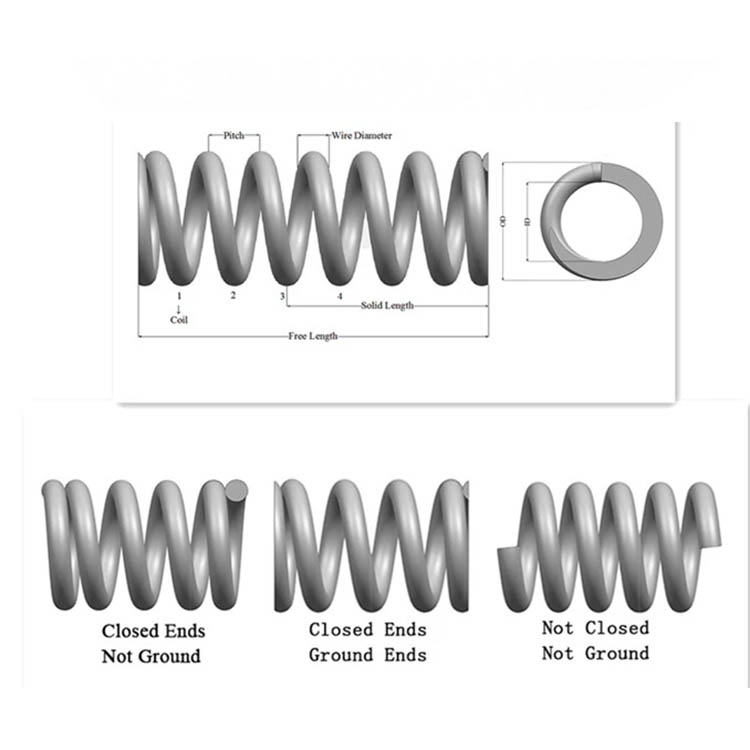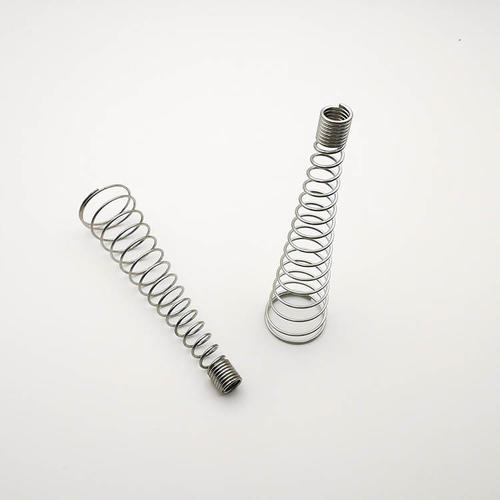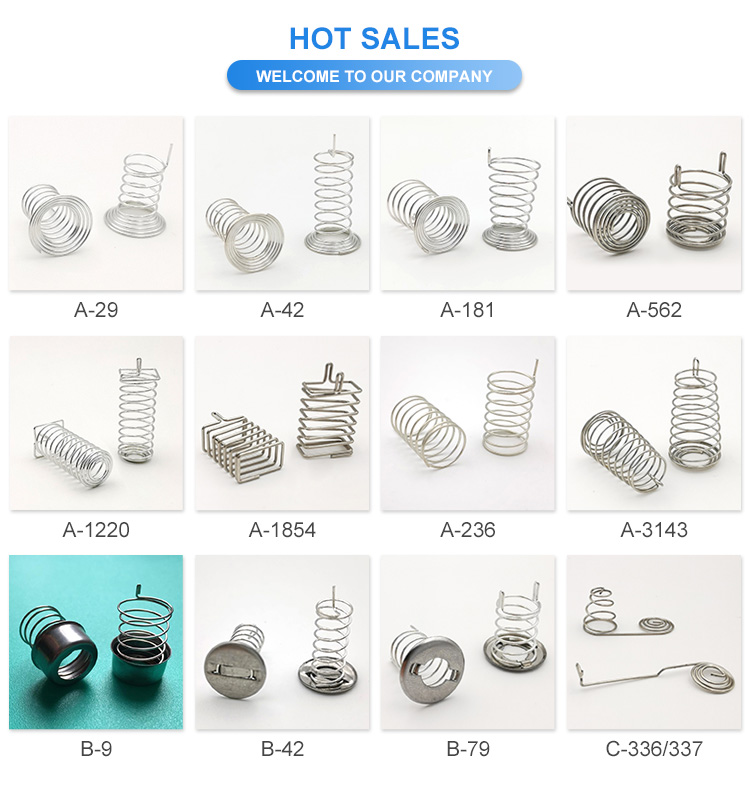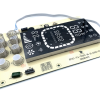
Electric Wire Compression Springs: Key Features & Industry Applications
Electric wire compression springs are essential components used in various industries for their ability to store mechanical energy and provide resistance when compressed or stretched. Understanding their features and applications is crucial for optimizing performance across different sectors.
Introduction to Electric Wire Compression Springs
Definition and Function
Electric wire compression springs are helical coil springs designed to resist applied compression forces. They work by absorbing and storing energy when a load is applied, returning to their original shape once the force is removed. These springs are commonly used in mechanisms requiring linear force and are vital for maintaining consistent pressure in a wide range of applications.
Importance in Industrial Applications
In industrial settings, electric wire compression springs play a pivotal role in ensuring smooth operations of machinery and equipment. They provide support, cushioning, and controlled motion, contributing to enhanced performance and safety in various systems.
Key Features of Electric Wire Compression Springs
Material Composition
The performance and durability of electric wire compression springs largely depend on the materials used in their construction. High-quality alloys such as stainless steel, music wire, or other specialized materials are chosen based on factors like corrosion resistance, temperature tolerance, and load-bearing capacity.
Wire Diameter and Coil Design
The diameter of the wire used and the design of the coil affect the spring's flexibility, strength, and load-bearing capability. Thicker wires and tighter coils provide greater resistance to compression, making them suitable for heavy-duty applications.
Load Capacity and Compression Characteristics
Electric wire compression springs are engineered to withstand specific loads and compression cycles without deformation. Manufacturers carefully calculate the spring constant and compression characteristics to ensure optimal performance under varying conditions.
Industry Applications of Electric Wire Compression Springs
Automotive Sector
In automotive engineering, electric wire compression springs are employed in suspension systems, clutch mechanisms, and braking systems. These springs help absorb shocks, maintain tire traction, and ensure smooth vehicle operation.
Aerospace and Defense
The aerospace and defense industries utilize electric wire compression springs in critical applications such as aircraft landing gear, missile guidance systems, and satellite deployments. These springs offer reliability in extreme conditions and precise control over mechanical functions.
Electronics and Electrical Appliances
Electric wire compression springs find applications in consumer electronics, including switches, connectors, and battery compartments. They provide tactile feedback in keyboards, ensuring responsive user interactions, and maintain contact pressure in electrical contacts.
Design Considerations and Customization
Factors Influencing Design
Designing electric wire compression springs involves considering factors like required force, allowable space, environmental conditions, and operating temperatures. These parameters influence the choice of material, coil geometry, and surface finish.
Tailored Solutions for Specific Requirements
Manufacturers offer customized solutions to meet specific industry needs. This includes adjusting the spring's dimensions, wire diameter, and coil pitch to achieve desired load characteristics, fatigue resistance, and longevity.
Benefits and Future Trends
Advantages Over Traditional Springs
Electric wire compression springs offer several advantages over traditional spring designs. They provide precise control over compression rates, exhibit consistent performance over time, and can be engineered for specific applications.
Emerging Innovations and Technologies
The future of electric wire compression springs is driven by advancements in materials science and manufacturing technologies. Innovations such as additive manufacturing (3D printing) allow for complex geometries and enhanced performance characteristics, expanding the scope of applications across industries.
Final Word
In conclusion, electric wire compression springs are versatile components that play a critical role in modern engineering and manufacturing. Their unique features and widespread applications make them indispensable for ensuring efficiency, safety, and reliability in various industrial sectors. As technology evolves, the development of customized solutions and innovative designs will continue to drive the advancement of electric wire compression spring technology.








